PhD Scholarship: Benchmarking prototypical and scaled quantum computers - with Quantum Motion Technologies and University of Technology Sydney (UTS)
The scholarships offer a competitive stipend of AUD $41,650 per year for 3.5 years, a $15,000 training allowance, a $5,000 travel allowance, an $840 publication allowance and a one-off $5,000 cost-of-living payment. For Domestic students only.
